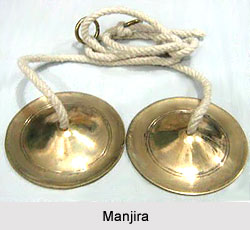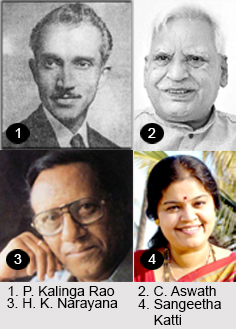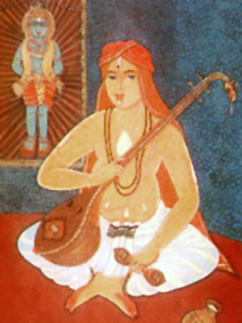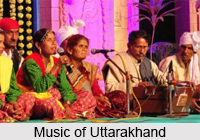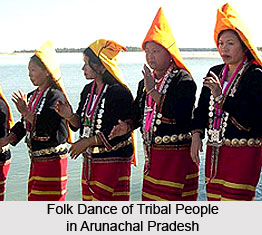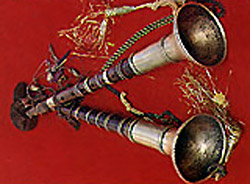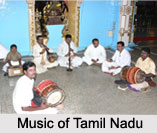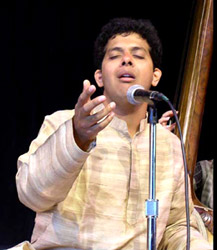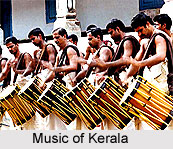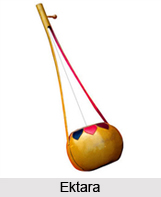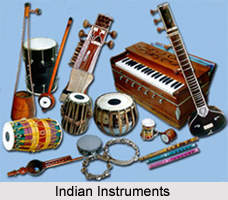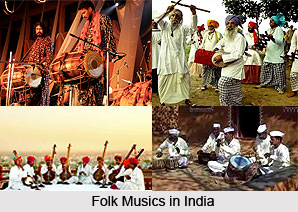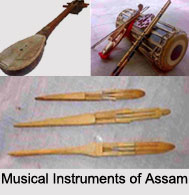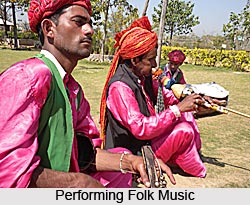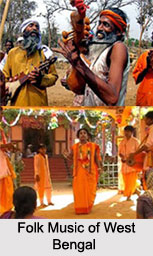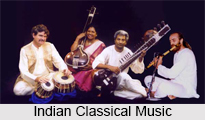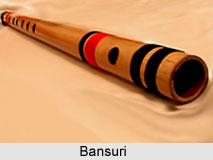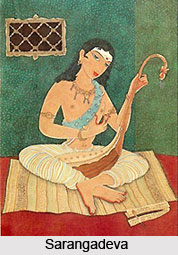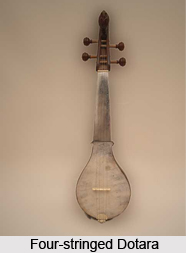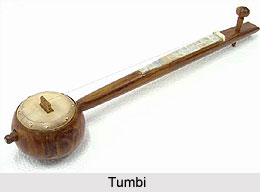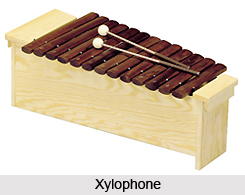Gajir Geet is a folk song sung by Gajir. Gajir means a rural religious mendicant of the Muslim community like Sufi, Darbes, Pir, and Fakir. Gajirs also hold a conspicuous position in the rural communities. They preach their faith through songs more or less in the narrative form.
In some parts of Dacca and Mymensingh, Gajirs are highly esteemed for their acts of miracles. At least they are known for their supernatural power of some type. They establish friendly relationship between the two communities. They are well received by all in villages.
Gajirs generally apply their indigenous method of healing diseases by puffing air, blowing air from the mouth, sprinkling water, applying oil with mantras. They are also well known for the treatment of cow"s diseases.
This article is a stub. You can enrich by adding more information to it. Send your Write Up to content@indianetzone.com
